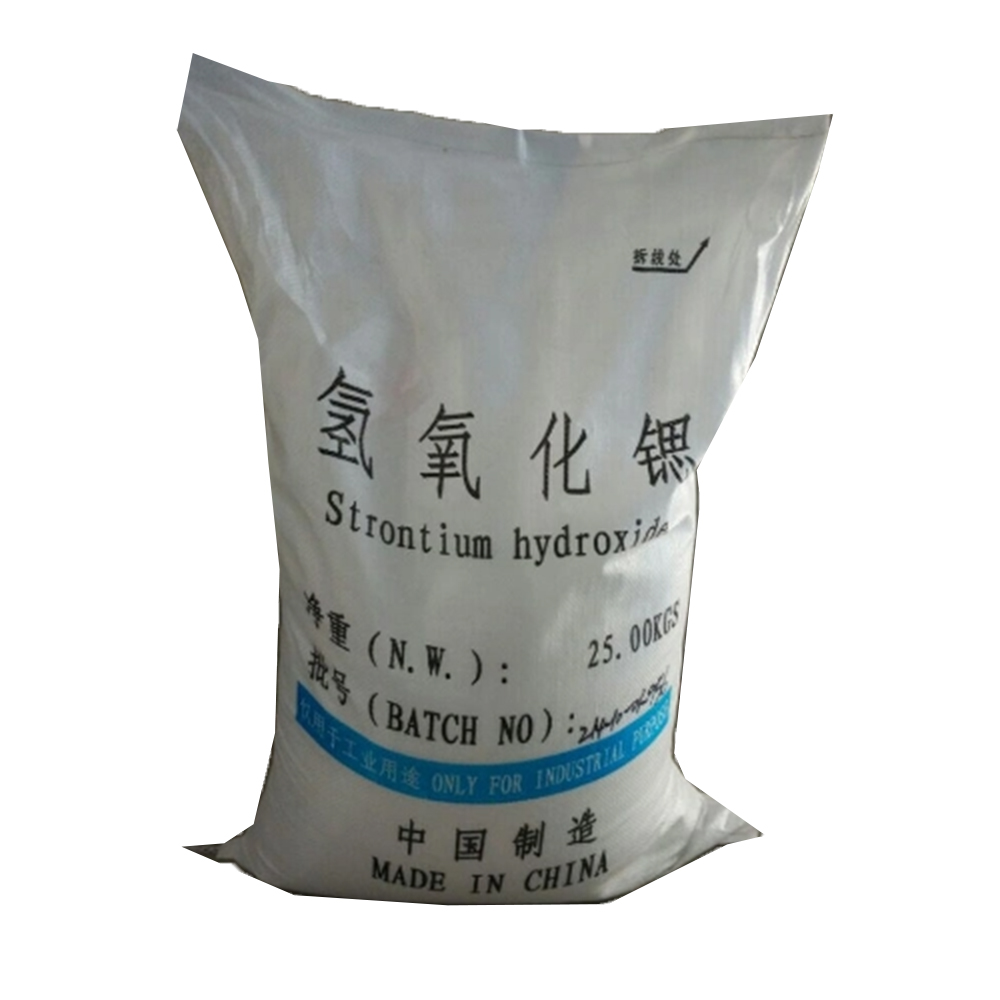



ph range of sodium hydroxide
The pH Range of Sodium Hydroxide
Sodium hydroxide (NaOH), commonly known as lye or caustic soda, is a highly versatile chemical compound with numerous applications across various industries. One of its most crucial properties is its extremely high pH, which plays a significant role in its function as a strong base. Understanding the pH range of sodium hydroxide is essential for safe handling, effective application, and environmental considerations.
Understanding pH
pH is a measure of the acidity or alkalinity of a solution, on a scale of 0 to 14. A pH of 7 is considered neutral, values below 7 indicate acidity, and values above 7 indicate alkalinity. Sodium hydroxide is classified as a strong base, which means it completely dissociates in water to release hydroxide ions (OH⁻). This results in a highly alkaline solution with a pH typically ranging from 12 to 14 when dissolved in water.
Dissolution of Sodium Hydroxide
When sodium hydroxide is introduced to water, it undergoes dissociation \[ \text{NaOH (s)} \rightarrow \text{Na}^+ (aq) + \text{OH}^- (aq) \]
The liberation of hydroxide ions contributes significantly to the high pH level of the resulting solution. For instance, a 1 M solution of sodium hydroxide will typically have a pH close to 14. This high pH value indicates its strong basicity and potential to react vigorously with acids, which is utilized in numerous chemical processes, including neutralization reactions.
Applications of Sodium Hydroxide
Sodium hydroxide is essential in various fields, including
1. Chemical Manufacturing It is used in producing various chemicals, including sodium carbonate, sodium hypochlorite, and more. 2. Food Industry In the food industry, it is used for tasks such as pH adjustment, curing olives, and processing cocoa beans.
ph range of sodium hydroxide

3. Cleaning Products Due to its strong basic nature, sodium hydroxide is commonly found in cleaning agents, particularly those designed to remove grease and tough stains.
4. Water Treatment NaOH is utilized in water treatment processes to adjust water pH and precipitate heavy metals.
5. Soap and Detergent Production The saponification process, which produces soap, requires sodium hydroxide to convert fats and oils into soap and glycerin.
Safety Considerations
Due to its highly alkaline nature, sodium hydroxide poses several risks. Its corrosive properties mean it can cause severe burns on contact with skin and irreversible damage to the eyes. Therefore, it is crucial to handle this substance with care, wearing appropriate personal protective equipment (PPE), including gloves, goggles, and protective clothing.
In case of an accident, immediate action is vital. If sodium hydroxide comes into contact with the skin, it should be washed off with copious amounts of water, and medical assistance should be sought. Spills should be neutralized carefully with dilute acid, followed by proper disposal measures.
Environmental Impact
The high pH of sodium hydroxide solutions also raises concerns regarding environmental impact. If released into waterways, it can disrupt aquatic ecosystems due to its alkalinity, potentially leading to harm or death of aquatic organisms. Therefore, it is essential to adhere to safety regulations and disposal guidelines to mitigate any adverse effects on the environment.
Conclusion
The pH range of sodium hydroxide—an exceptionally alkaline environment—underlines its importance and versatility in various applications. While it brings significant benefits to industry, the potential hazards associated with its handling mandate rigorous safety protocols. A thorough understanding of its properties, applications, and safe practices is essential for anyone working with this powerful chemical.
-
Why Sodium Persulfate Is Everywhere NowNewsJul.07,2025
-
Why Polyacrylamide Is in High DemandNewsJul.07,2025
-
Understanding Paint Chemicals and Their ApplicationsNewsJul.07,2025
-
Smart Use Of Mining ChemicalsNewsJul.07,2025
-
Practical Uses of Potassium MonopersulfateNewsJul.07,2025
-
Agrochemicals In Real FarmingNewsJul.07,2025
-
Sodium Chlorite Hot UsesNewsJul.01,2025










